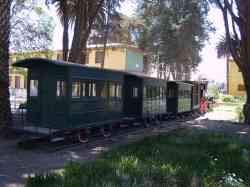 Городской электротранспорт
Городской электротранспортКомментарии к фотографиям из города Копьяпо (трамвай)
Фильтр
Ссылка
focus1965 ·  Антверпен · 27.07.2020 23:11 MSK
Антверпен · 27.07.2020 23:11 MSK
 Антверпен · 27.07.2020 23:11 MSK
Антверпен · 27.07.2020 23:11 MSK
Фото: 7385 · Общий редактор / Локальный редактор — Бельгия, Великобритания, Франция / Перевод сайта (EN/FR)
Ссылка
focus1965 ·  Антверпен · 26.07.2020 23:13 MSK
Антверпен · 26.07.2020 23:13 MSK
 Антверпен · 26.07.2020 23:13 MSK
Антверпен · 26.07.2020 23:13 MSK
Фото: 7385 · Общий редактор / Локальный редактор — Бельгия, Великобритания, Франция / Перевод сайта (EN/FR)
Ссылка
focus1965 ·  Антверпен · 26.07.2020 22:04 MSK
Антверпен · 26.07.2020 22:04 MSK
 Антверпен · 26.07.2020 22:04 MSK
Антверпен · 26.07.2020 22:04 MSK
Фото: 7385 · Общий редактор / Локальный редактор — Бельгия, Великобритания, Франция / Перевод сайта (EN/FR)
Мобильная версия
Тёмная тема
© Администрация ТрансФото и авторы материалов, 2002—2024
Использование фотографий и иных материалов, опубликованных на сайте, допускается только с разрешения их авторов.
Использование фотографий и иных материалов, опубликованных на сайте, допускается только с разрешения их авторов.





















 Ист-Хейвен - Бранфорд
Ист-Хейвен - Бранфорд
Копьяпо, Конка Eaton, Gilbert & Co. № 24
Копьяпо, Конка Eaton, Gilbert & Co. № 23
Копьяпо, Ferrocarril de Pabellón a Chañarcillo Co № n/a